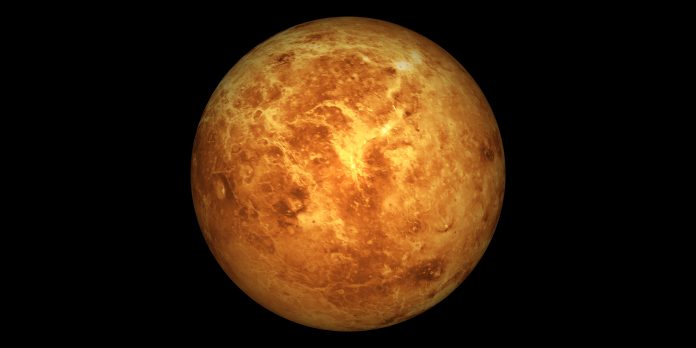NASA have not visited Venus in 30 years – now, two new missions have been announced to launch in 2028-2030, with the aim of understanding how the once Earth-like planet became a “hothouse”
Despite the current status of Venus as a planet that exists at roughly 462°C, it was once like Earth – with the capacity to sustain life. The large concentration of carbon dioxide around Venus may serve as a stark reminder of what could happen to Earth, but it also gives scientists a lot to investigate.
In 2030, some of the answers to the question of Venus could be available.
“We’re revving up our planetary science program with intense exploration of a world that NASA hasn’t visited in over 30 years,” said Thomas Zurbuchen, NASA’s associate administrator for science.
“Using cutting-edge technologies that NASA has developed and refined over many years of missions and technology programs, we’re ushering in a new decade of Venus to understand how an Earth-like planet can become a hothouse. Our goals are profound. It is not just understanding the evolution of planets and habitability in our own solar system, but extending beyond these boundaries to exoplanets, an exciting and emerging area of research for NASA.”
Two Venus missions will launch by 2030:
-
DAVINCI+
DAVINCI+ in this case stands for Deep Atmosphere Venus Investigation of Noble gases, Chemistry, and Imaging.
DAVINCI+ will measure the composition of Venus’ atmosphere to understand how it formed and evolved, as well as determine whether the planet ever had an ocean. The mission consists of a descent sphere that will plunge through the planet’s thick atmosphere, making precise measurements of noble gases and other elements to understand why Venus’ atmosphere is a runaway hothouse compared the Earth’s.
In addition, DAVINCI+ will return the first high resolution pictures of the unique geological features on Venus known as “tesserae,” which may be comparable to Earth’s continents, suggesting that Venus has plate tectonics.
2. VERITAS
VERITAS stands for Venus Emissivity, Radio Science, InSAR, Topography, and Spectroscopy.
VERITAS will map Venus’ surface to determine the planet’s geologic history and understand why it developed so differently than Earth. Orbiting Venus with a synthetic aperture radar, VERITAS will chart surface elevations over nearly the entire planet to create 3D reconstructions of topography and confirm whether processes such as plate tectonics and volcanism are still active on Venus.
VERITAS also will map infrared emissions from Venus’ surface to map its rock type, which is largely unknown, and determine whether active volcanoes are releasing water vapor into the atmosphere.
“It is astounding how little we know about Venus, but the combined results of these missions will tell us about the planet from the clouds in its sky through the volcanoes on its surface all the way down to its very core,” said Tom Wagner, NASA’s Discovery Program scientist.
“It will be as if we have rediscovered the planet.”











